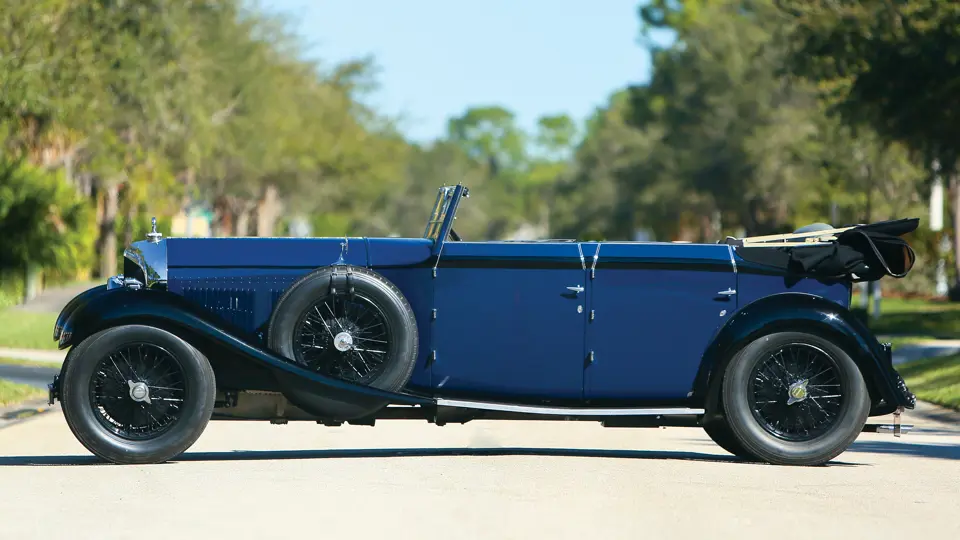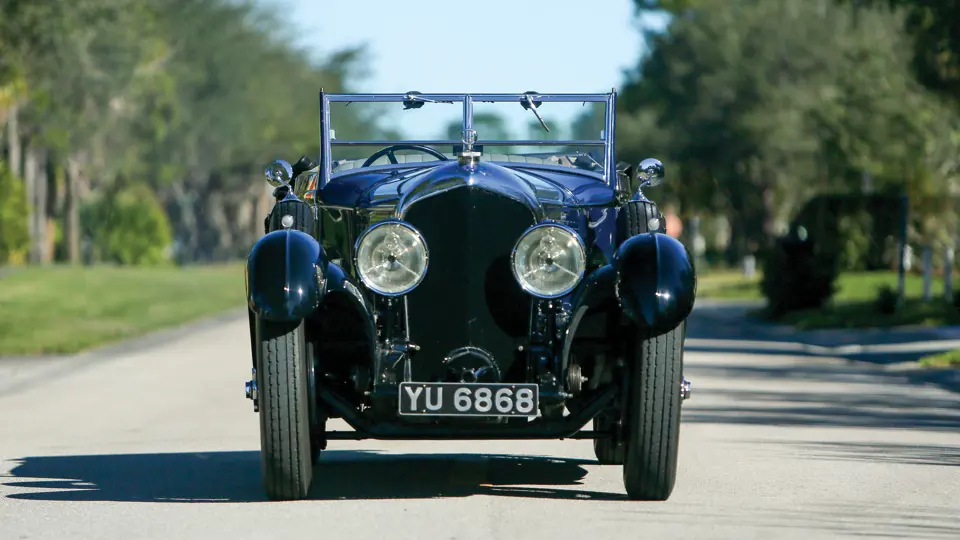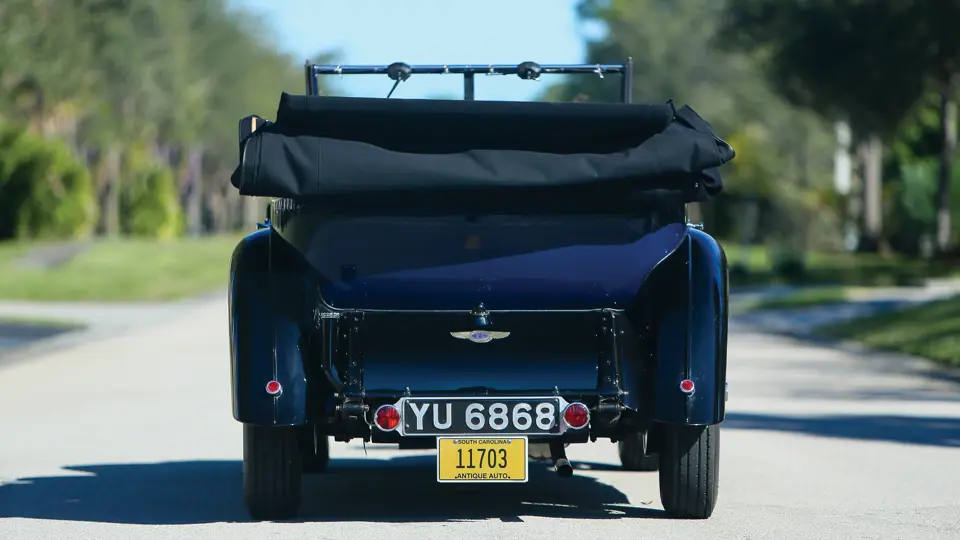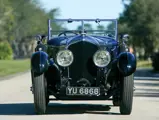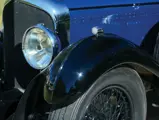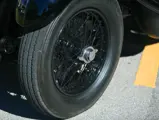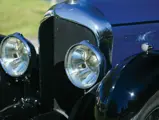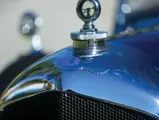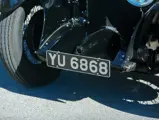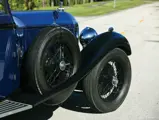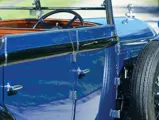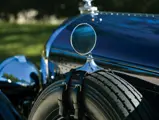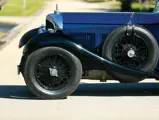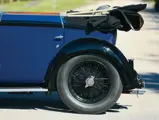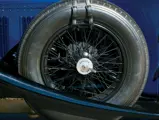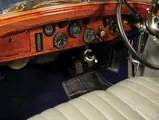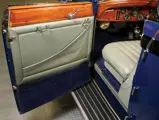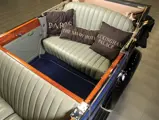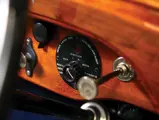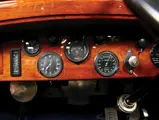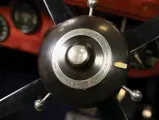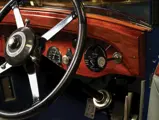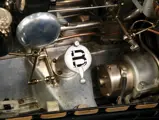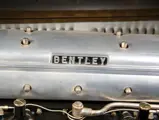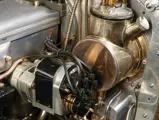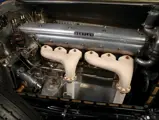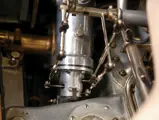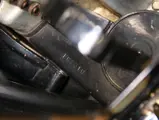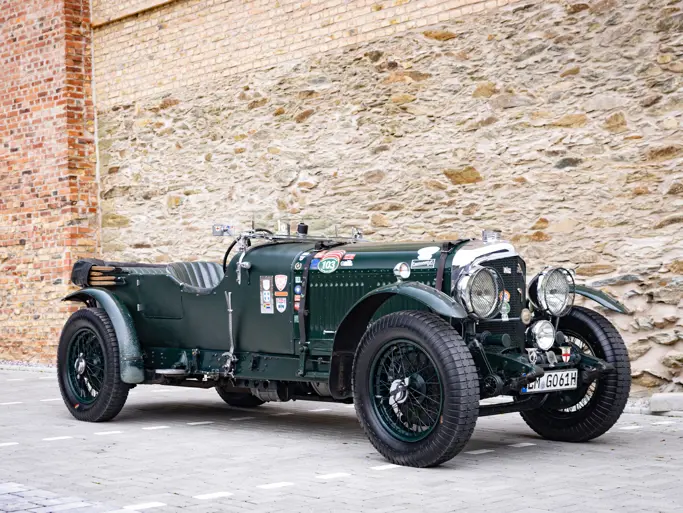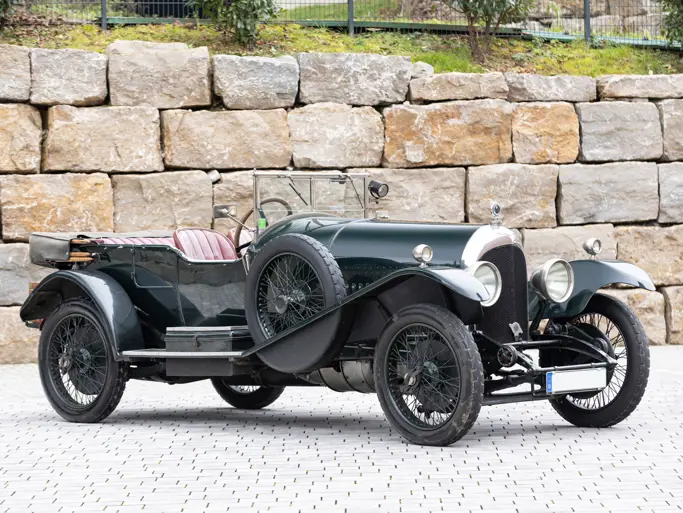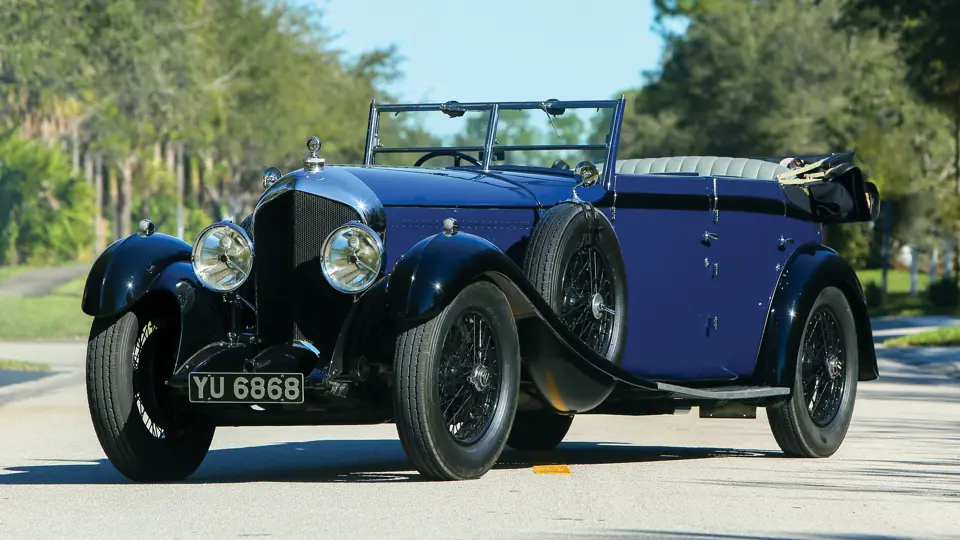
1927 Bentley 6½-Litre All-Weather Tourer by T.H. Gill & Son
{{lr.item.text}}
$714,500 USD | Sold
{{bidding.lot.reserveStatusFormatted}}
- Presented at the Olympia and Scottish Motor Shows in 1927
- Formerly owned by Curling Hunter, famed privateer racing driver
- Rebodied by Bentley in period with current all-weather tourer coachwork
- Upgraded with a Speed Six inlet manifold and twin SU carburetors in 1932
- Documented history by Bentley specialist Clare Hay
- One of 242 standard-wheelbase units produced
Following the end of World War I, Walter Owen Bentley gathered together a small group of dedicated and skilled artisans to create Bentley Motors in Cricklewood. The first cars appeared in 1919, a group of three experimental 3-Litre models. In the following decade, the 3-Litre gave way to the 4½-Litre, the 6½-Litre, the Speed Six, the 8-Litre, the supercharged 4½-Litre, and finally the subdued 4-Litre.
The 6½-Litre Bentley was introduced in 1926, powered by a massive 6,597-cc engine with a single Smith’s five-jet carburetor. The four-wheel mechanical drum brake system with Dewandre servo assist is surprisingly effective at bringing this great chassis to a smart stop. Vintage Bentley cars were consistently well made, powerful, responsive, and surprisingly easy to drive—once you mastered the synchro-less gearbox. Today, the A-, C-, D-, and F-type boxes are the most desirable since they are the easiest to master with their close-ratio gearing. The Bentley offered here has the desirable “C” gearbox.
For those exceptionally well-heeled, sporting, motor car enthusiasts living in the UK or continental Europe in the 1920s, chances are they would have driven a Bentley. From the first 3-Litre introduced in 1919, until delivery of the last 8-Litre car in 1931, this was the Ferrari of its day. Enthusiastically driven, few marques have had as many coachwork and engine replacements as the 1919–1931 Bentleys. Fortunately, Bentley enthusiasts have amassed great stores of vintage photographs, service records, and other documentation to tell each car’s story. The prudent Vintage Bentley buyer will seek an example, such as this, with a recorded history. As such, world-renowned Bentley specialist Clare Hay has compiled a comprehensive report of this car’s fascinating history.
This Standard Six was first sold in October 1927, to Philip Worthington of Berkeley Square, a Bentley enthusiast. Apparently, this was his third. It was originally fitted with a Gurney Nutting ‘Weymann’ four-door saloon body, the same design fitted to J. Gurney Nutting’s own car, with front hinged doors and helmet wings with platform steps—the height of fashion in 1928. It was displayed on the Gurney Nutting stand at the Olympia Motor Exhibition as their show car that year. It was awarded First Place in its division, “Section 4 – Novelty Bodies including fabric-covered and flexible type” by the esteemed Institute of British Carriage and Automobile Manufacturers.
The car was driven frequently and therefore extensively serviced and retrofitted by Bentley Service within its first year, after being driven a remarkable 21,505 miles. Work included decarbonization, new connecting rods, and a new type of carburetor, amongst other parts. A year later, Bentley Motors Service records list how and why the engine was replaced and again overhauled and re-numbered—all under Bentley Motors guarantees.
Apparently, its new owner, H. C. Hunter of Wimbledon Common in London, was in an accident in May 1932. This “prang,” as documents describe it, involved the chassis frame, radiator, and steering components. They were restored by Bentley at the factory before being fitted with a new all-weather body by T.H. Gill & Son. The engine was also upgraded by Bentley with a Speed Six multi-port pattern inlet manifold and twin SU HVG5 carburetors in June 1932. Bentley Motors Service records confirm that the Company tested the car and deemed it correct, before it was returned to its owner. As Clare Hay notes in her comprehensive report, “PR2310 was rebodied in 1932 by T.H. Gill & Son of Paddington in London, for H.C. Hunter, with a four-door all-weather tourer body of up-to-date lines . . . Lucas P100 headlamps and Lucas snail pattern sidelights are also updating, in place of the earlier Smiths, with wheel discs added. The coachwork is handsome and gives the Bentley a new lease of life.”
A series of owners enjoyed the car through the decades. A thorough restoration at Scott Moncrieff was accomplished before joining its next owner’s collection in the mid-2000s, where it regularly participated in numerous events and tours. Its all-weather body has enabled its owners to participate in these events regardless of the current climate, and a discreetly fitted overdrive unit has made long-distance touring events a joy. Finished in a handsome shade of royal blue, correctly nickel-plated brightwork and a black fabric top, with pale grey leather, exquisite walnut-trimmed interior, and a complete and authentic instrument panel. It is an impressive motor car, indeed.
The recent success of new Bentley models, combined with the company’s reawakening to its heritage, is creating a new group of collectors interested in such Vintage models. As 2019 is Bentley Motors’ 100th Jubilee Year, meets and concours events worldwide will be seeking examples like this. What better way to celebrate this motoring milestone than while enjoying the distinctive “burble” and silky handling from behind the wheel of this majestically handsome, highly revered, and honest example of the timeless Bentley marque.




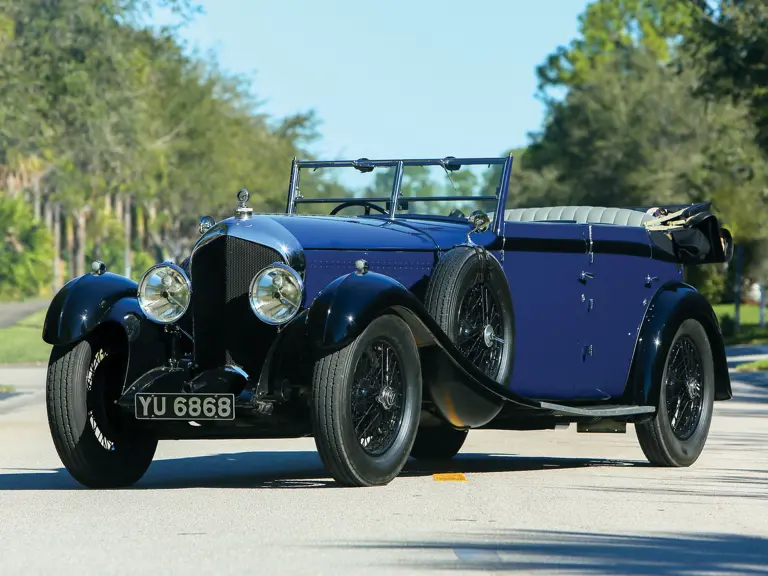
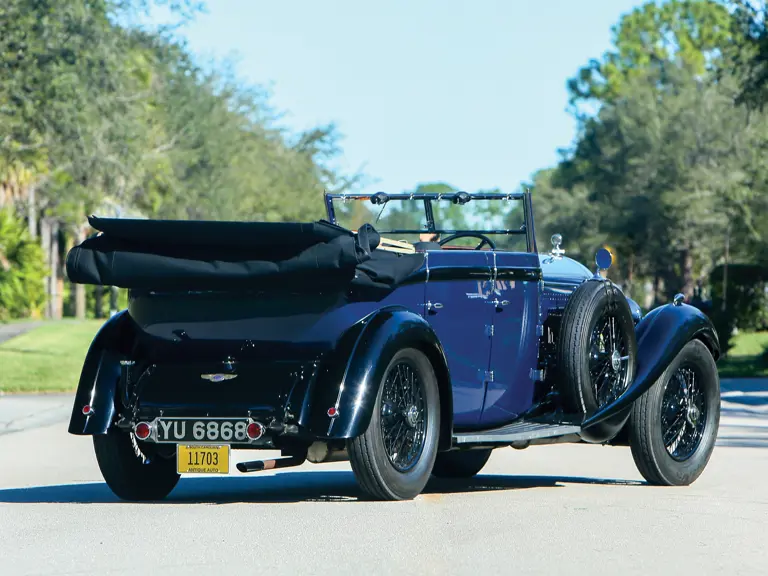
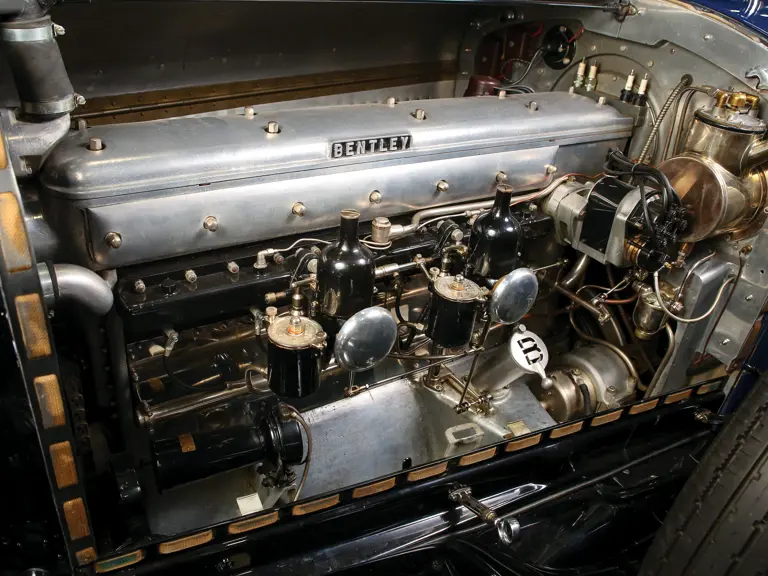
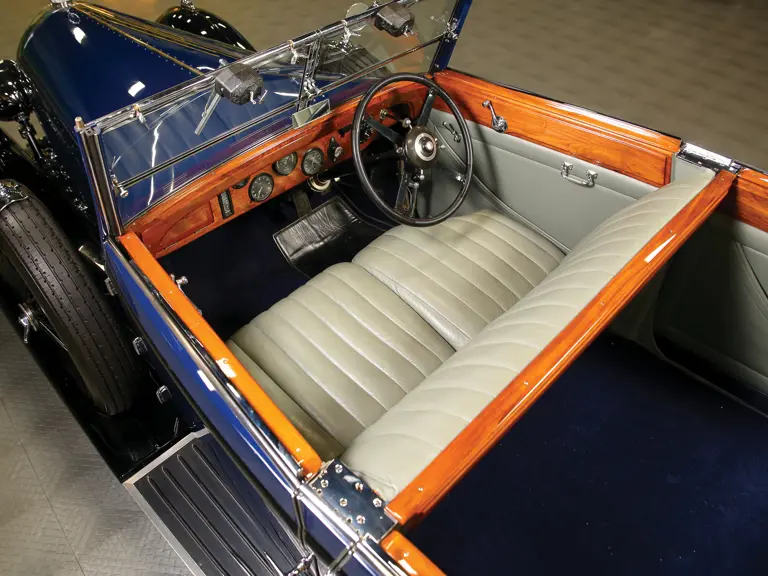
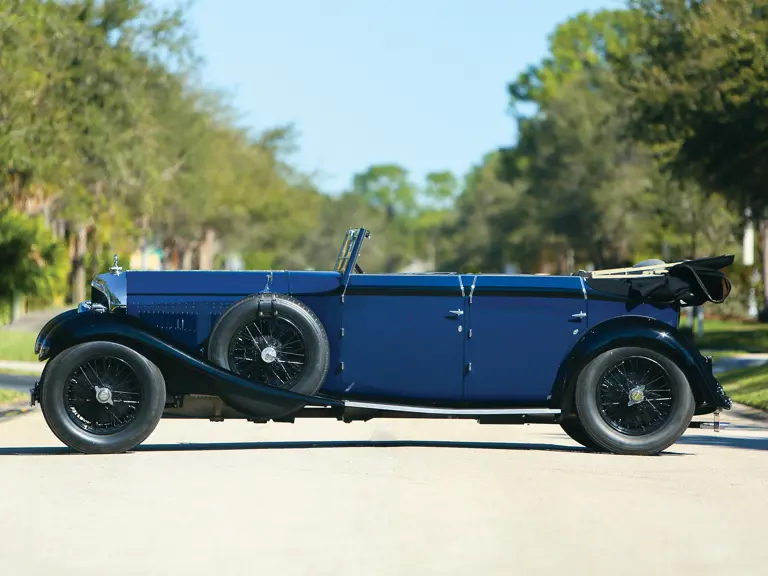
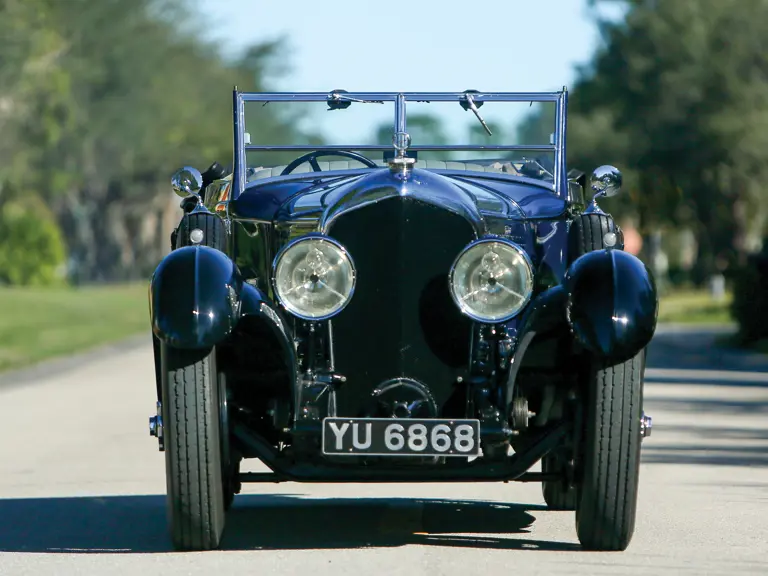

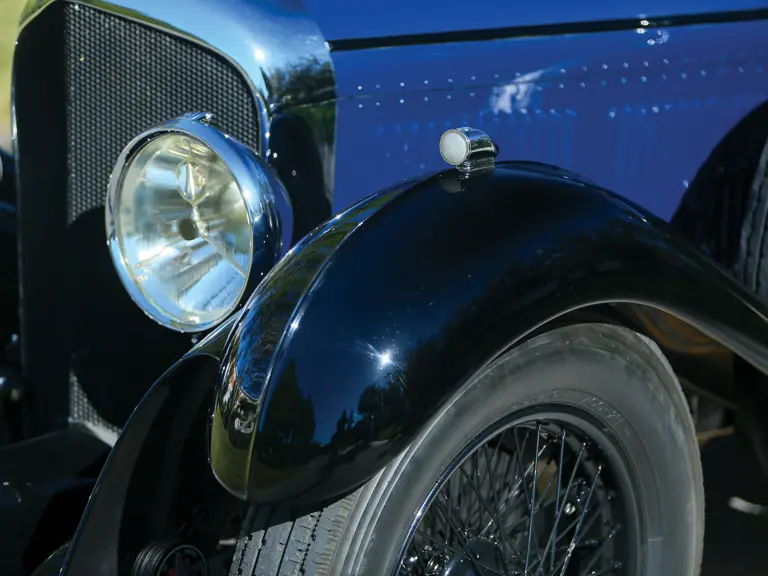
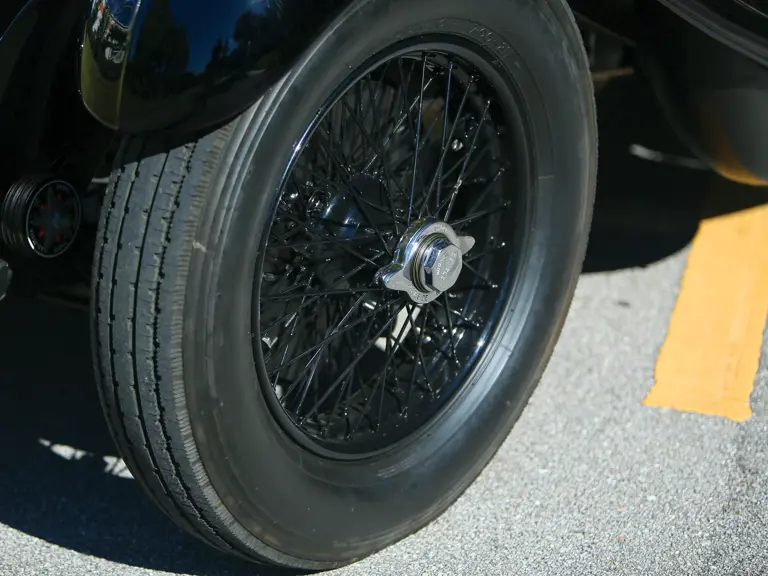
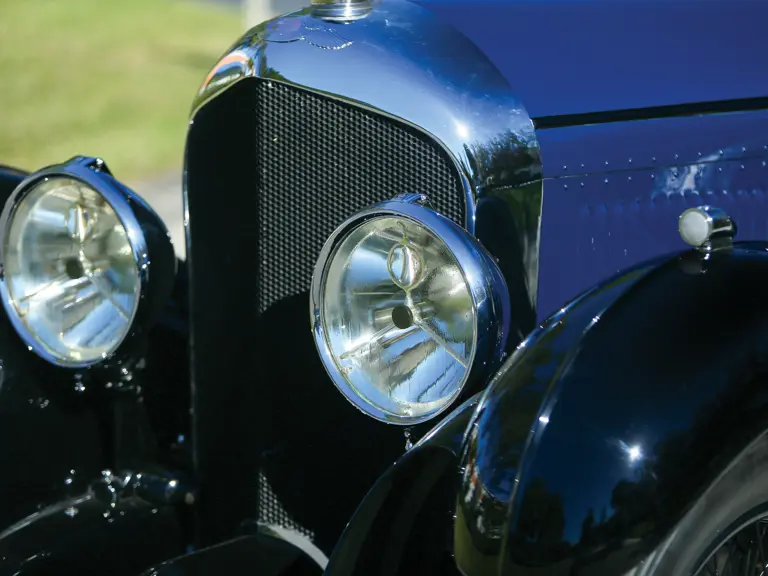

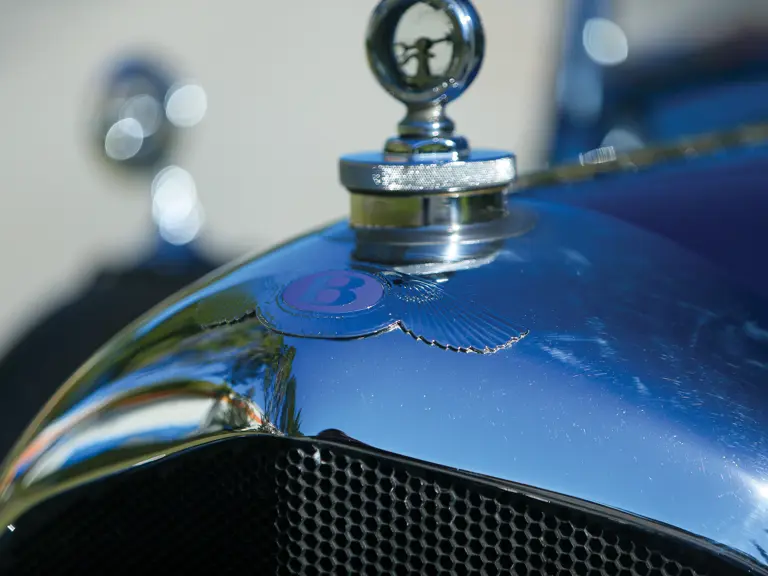
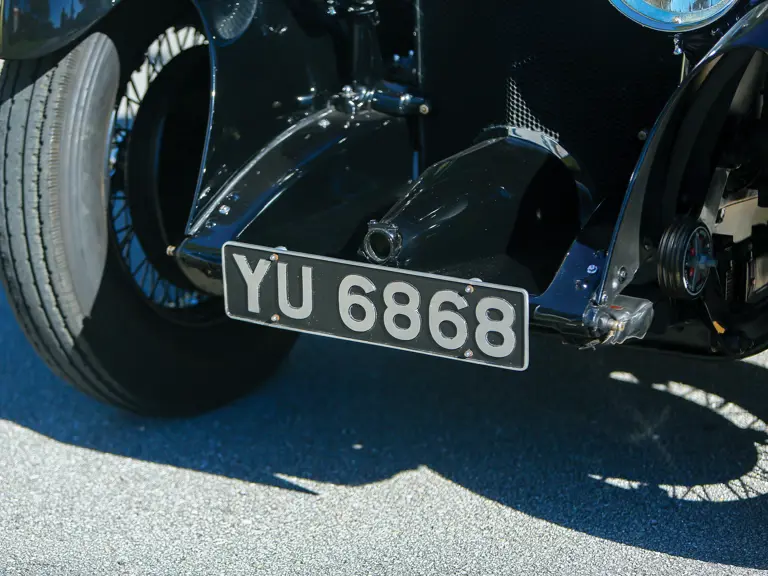

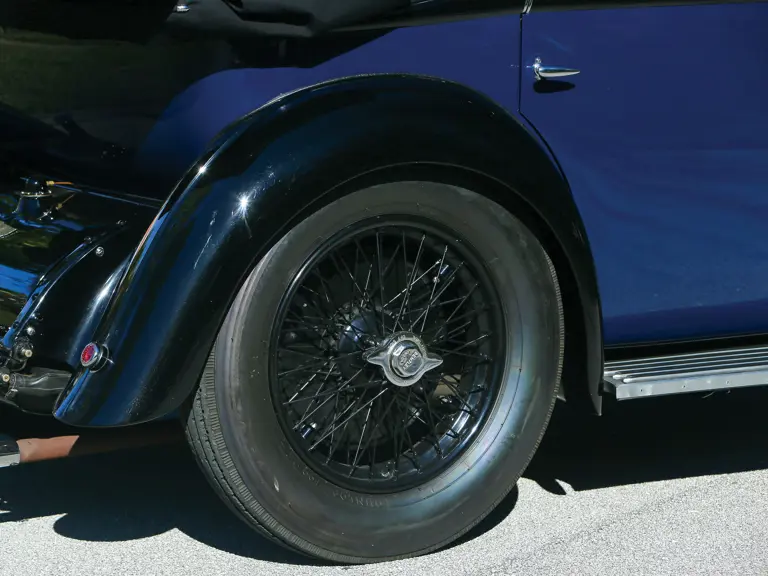
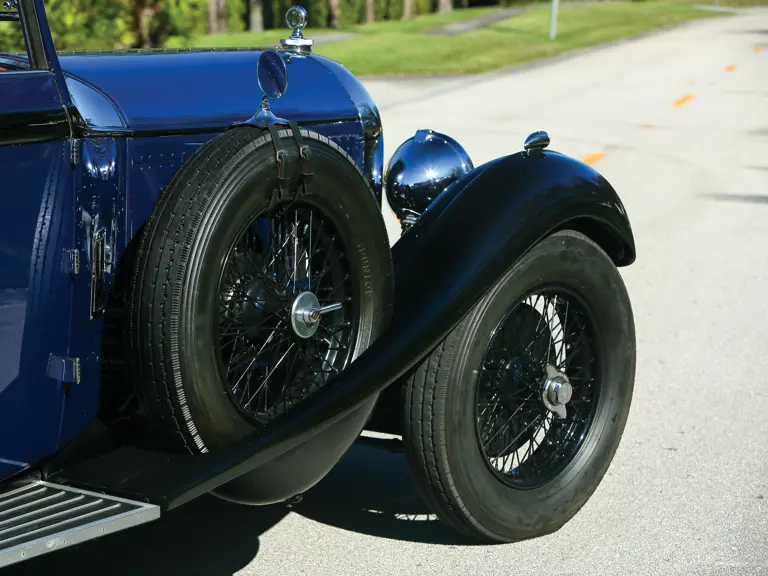
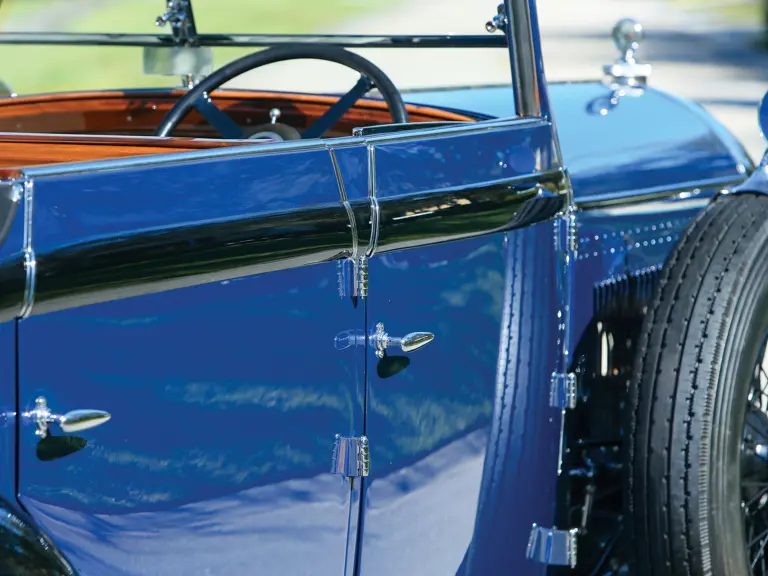
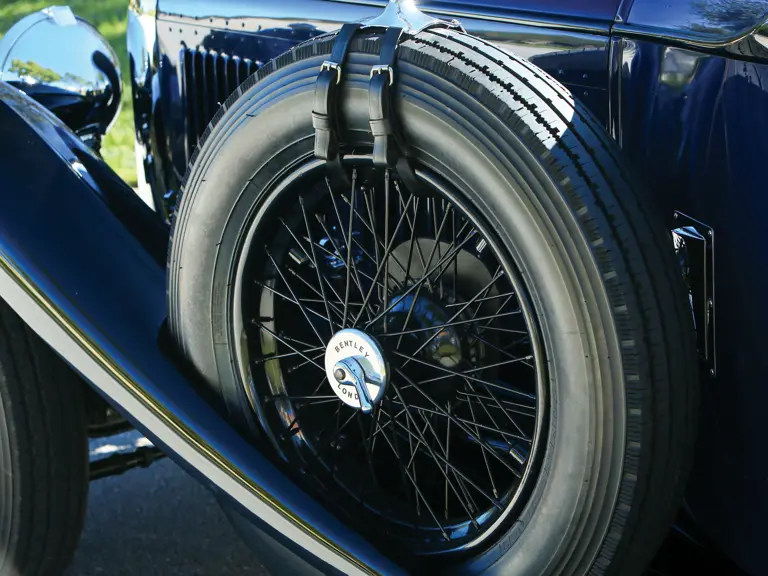

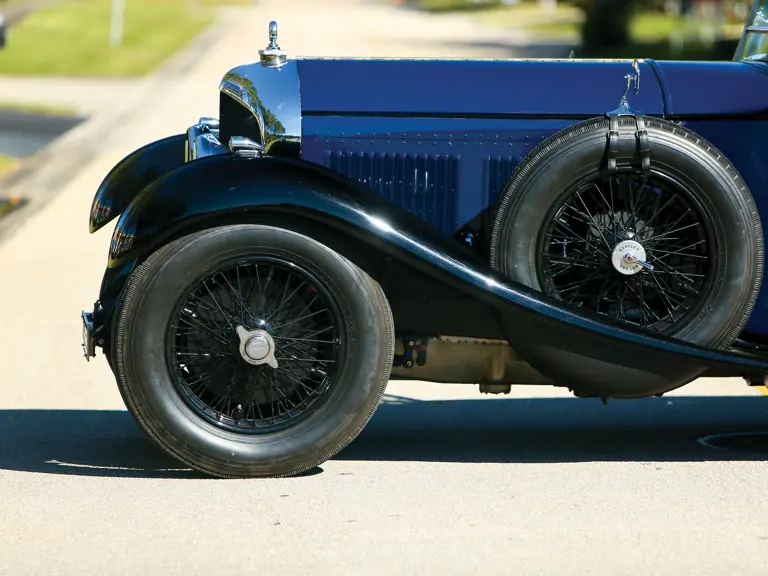
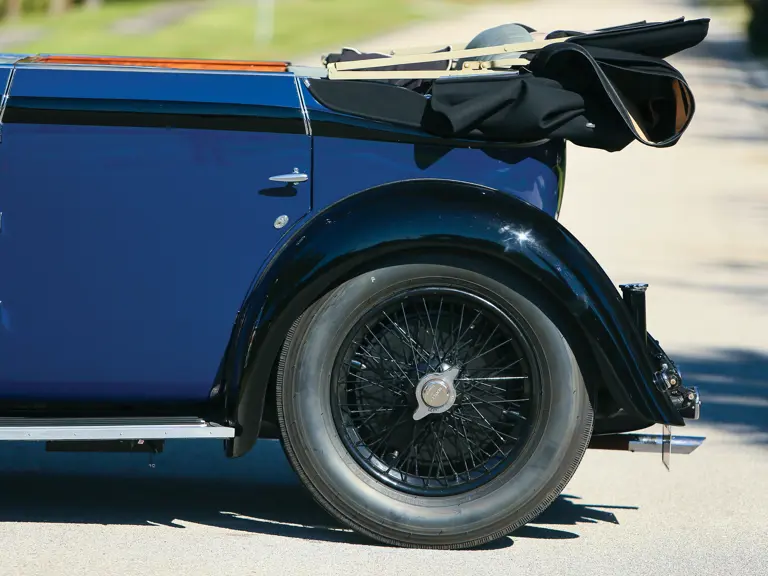
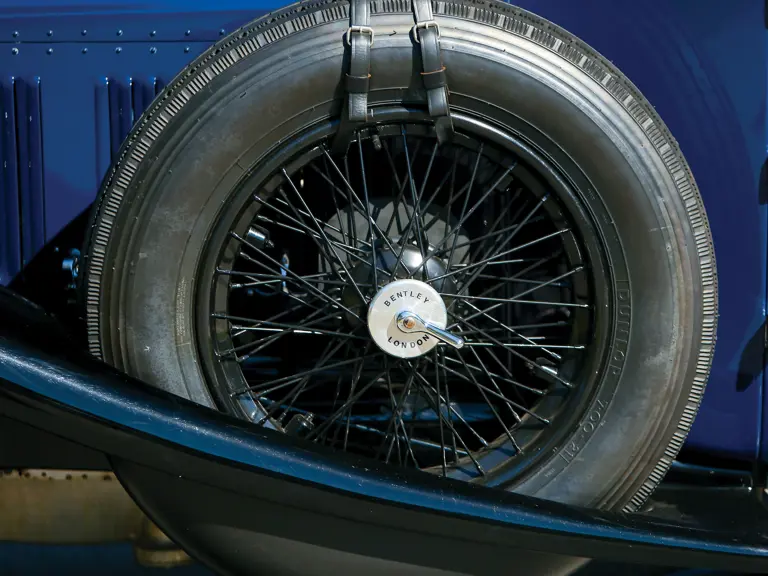
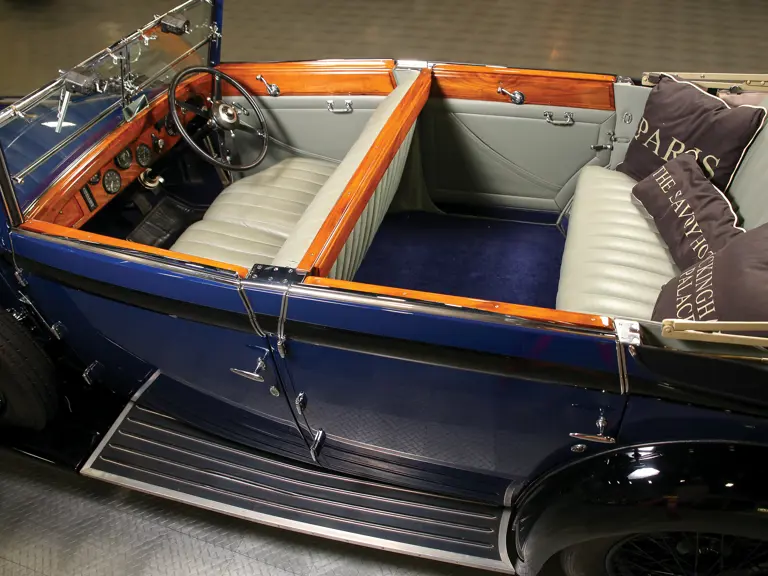
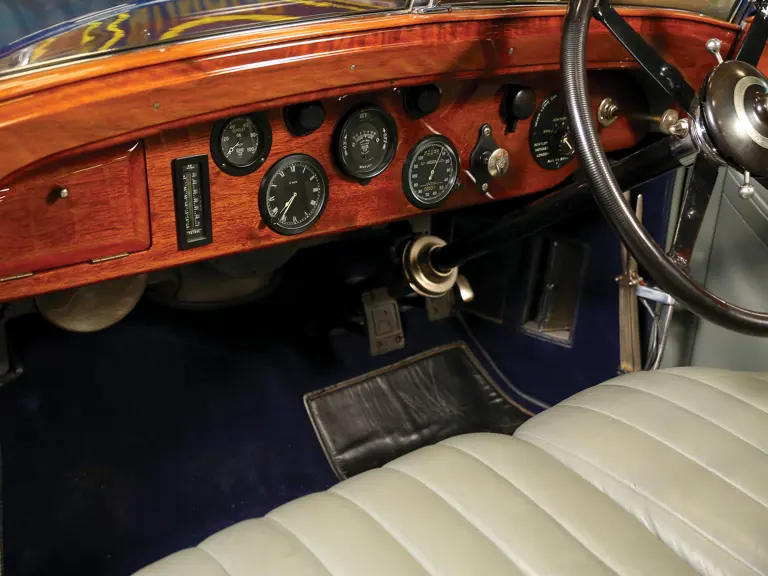
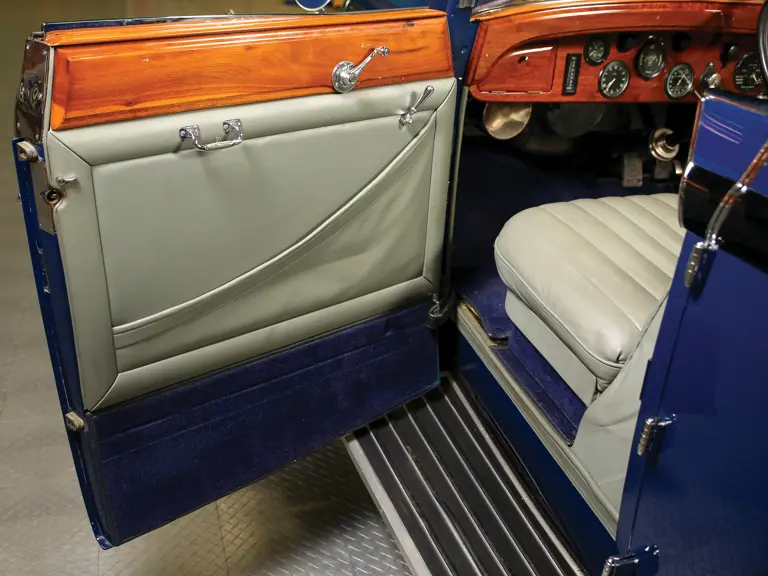
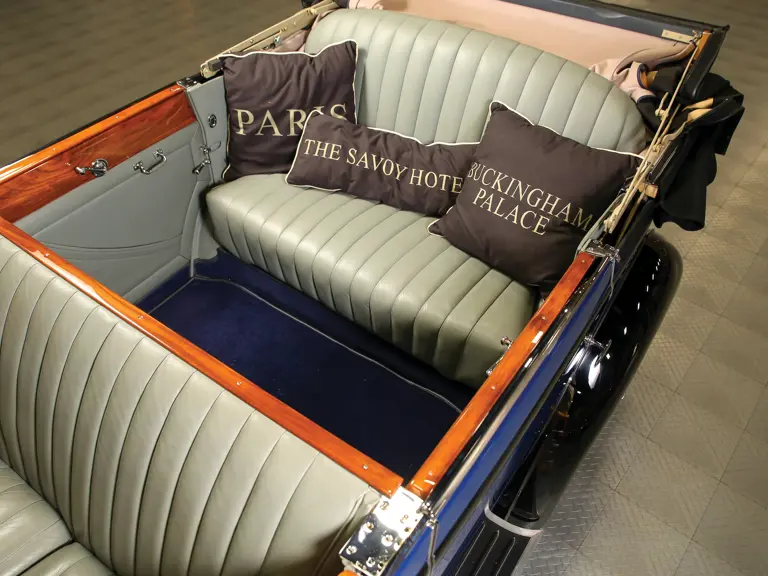
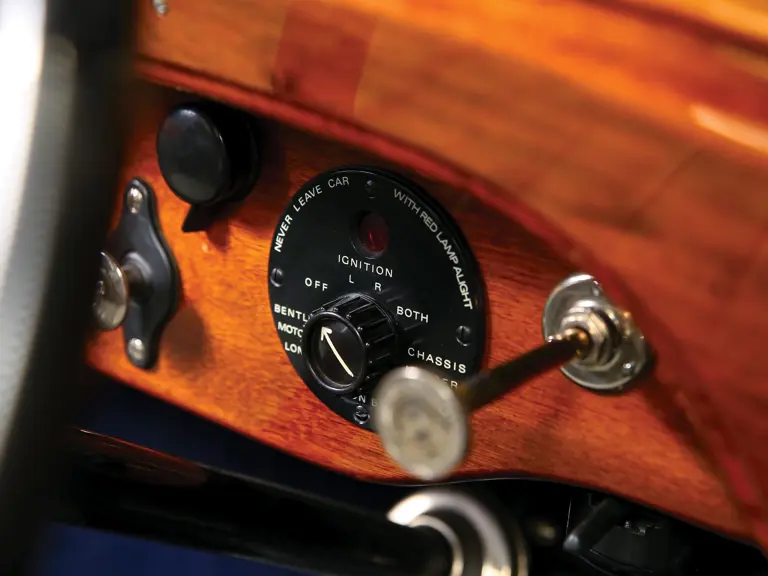
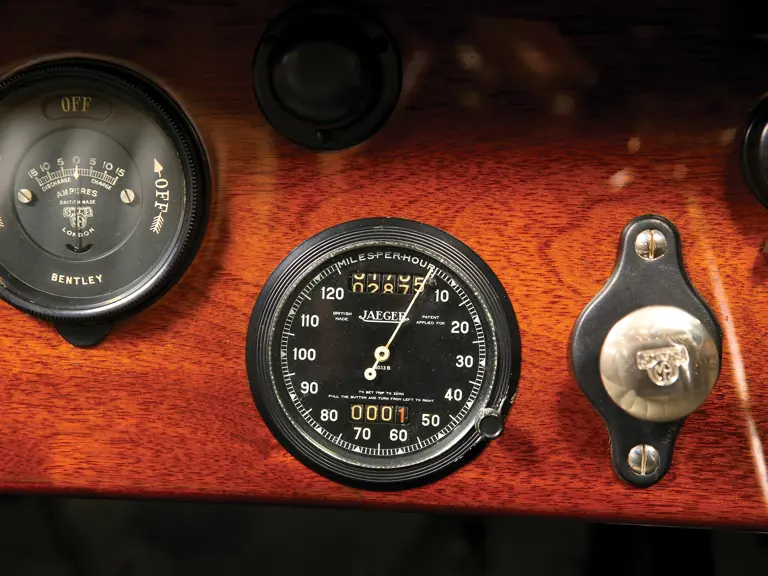
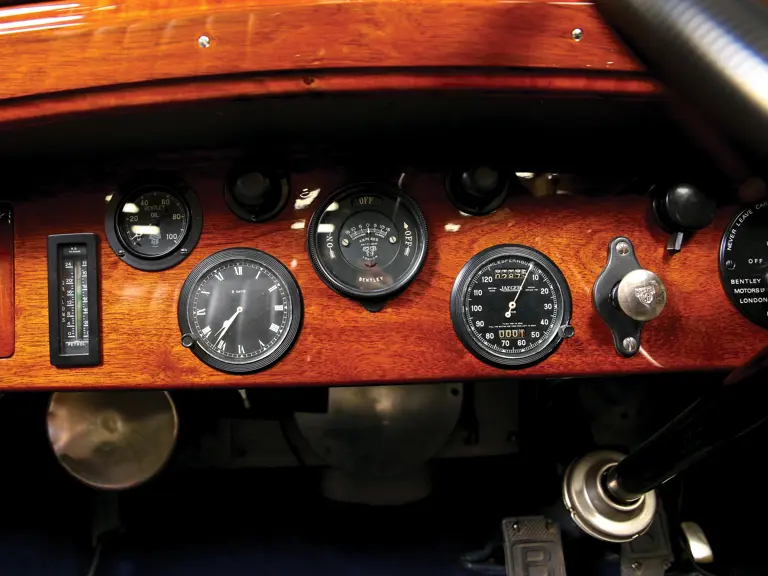
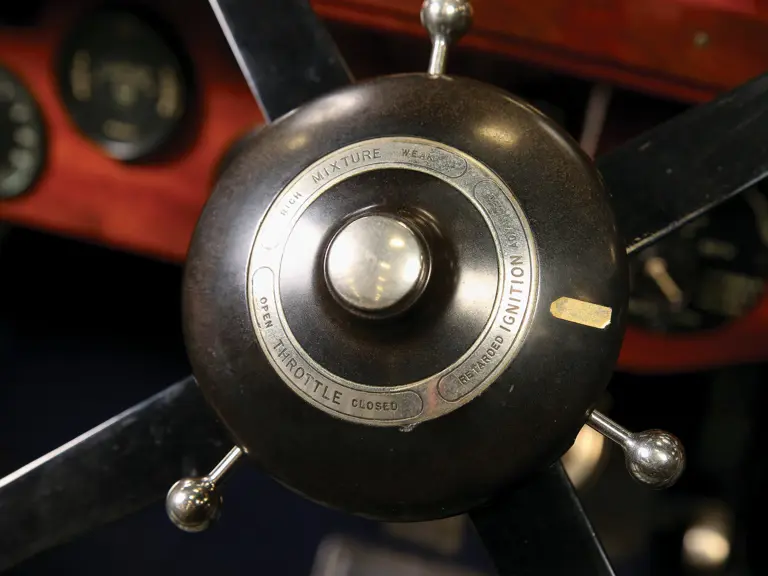
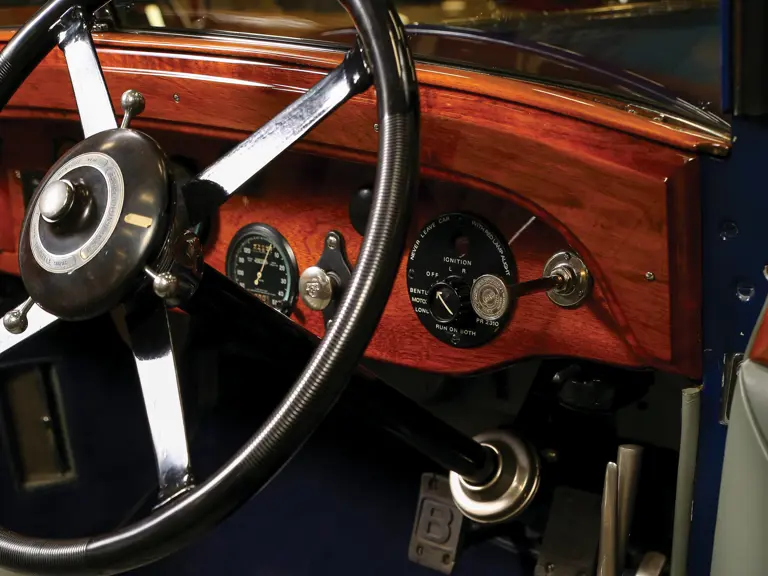
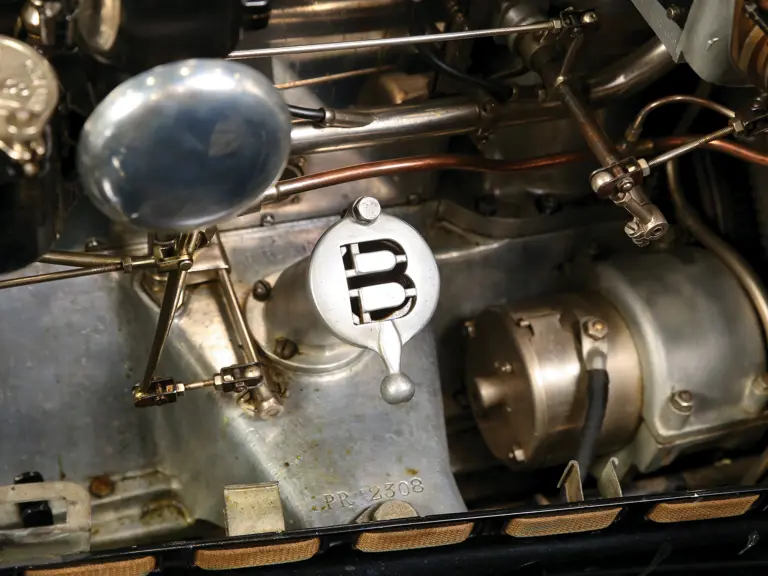
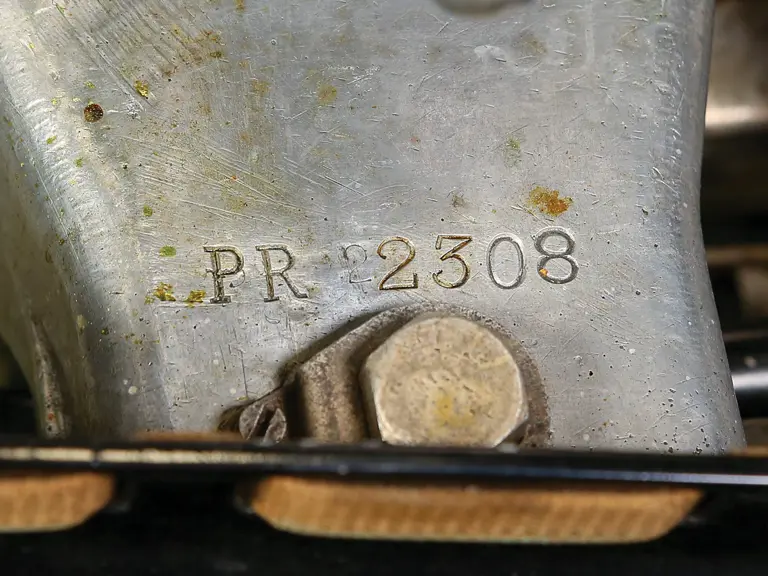
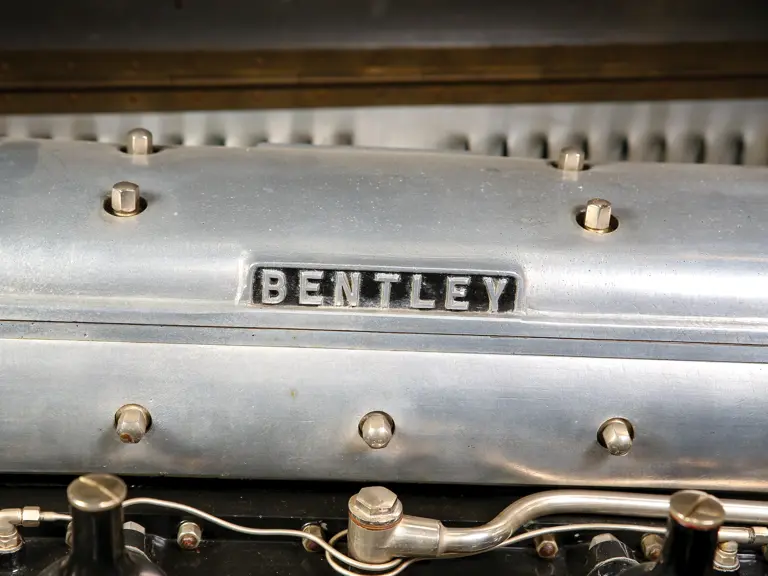
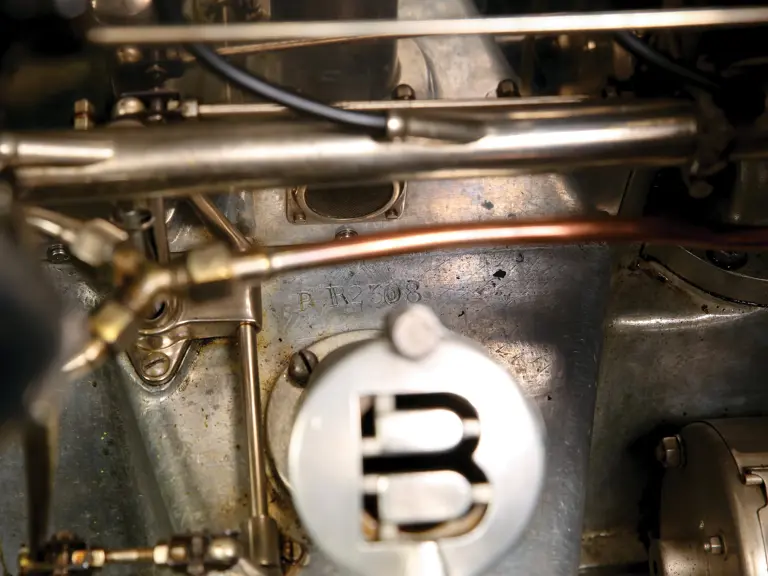

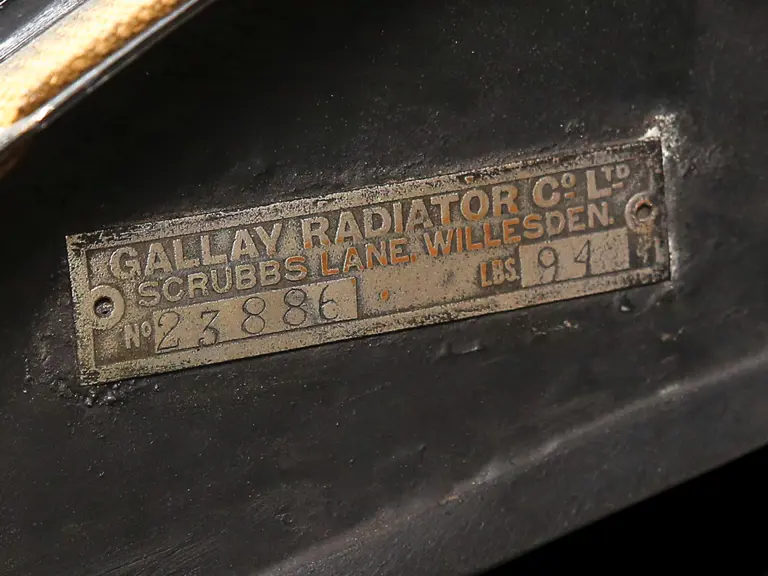
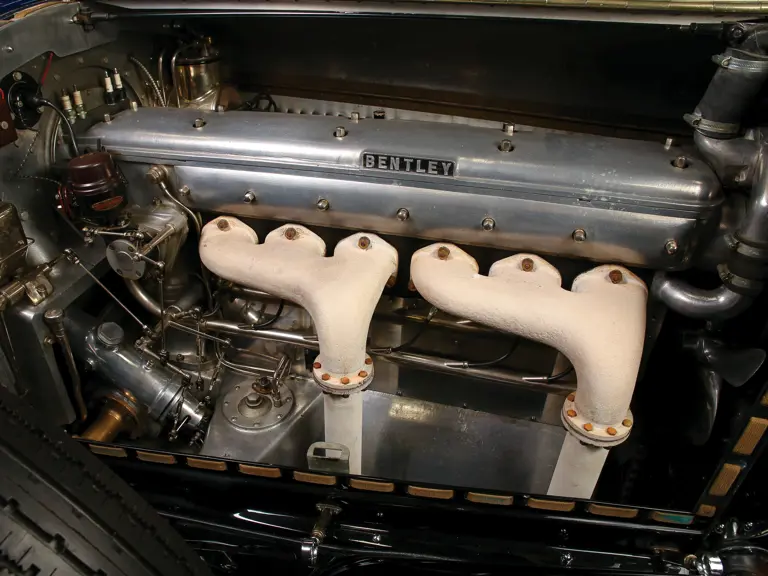

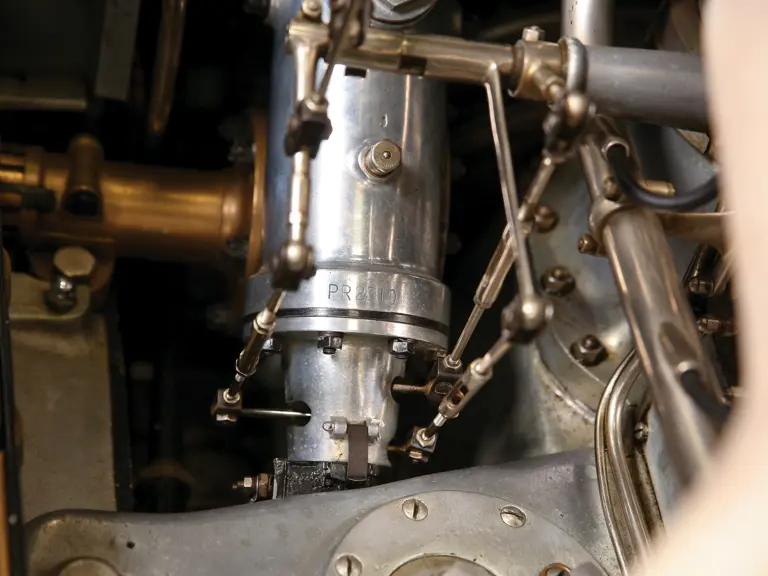
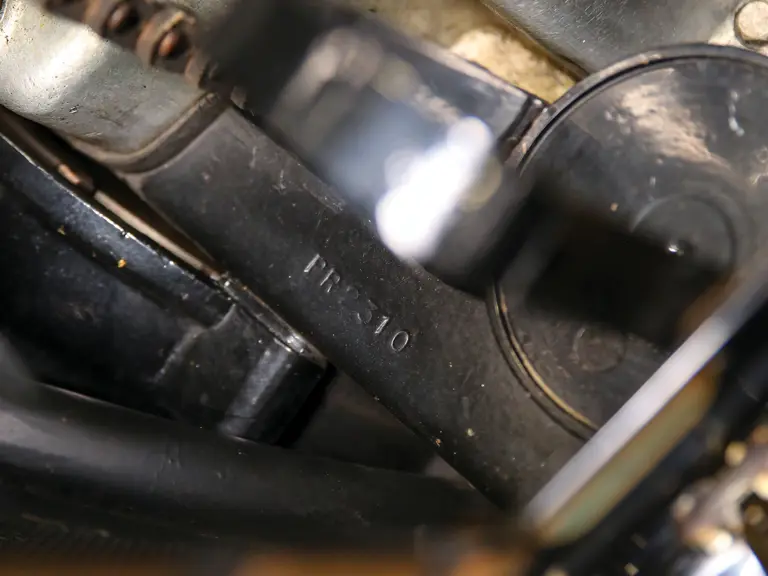
 | Amelia Island, Florida
| Amelia Island, Florida
